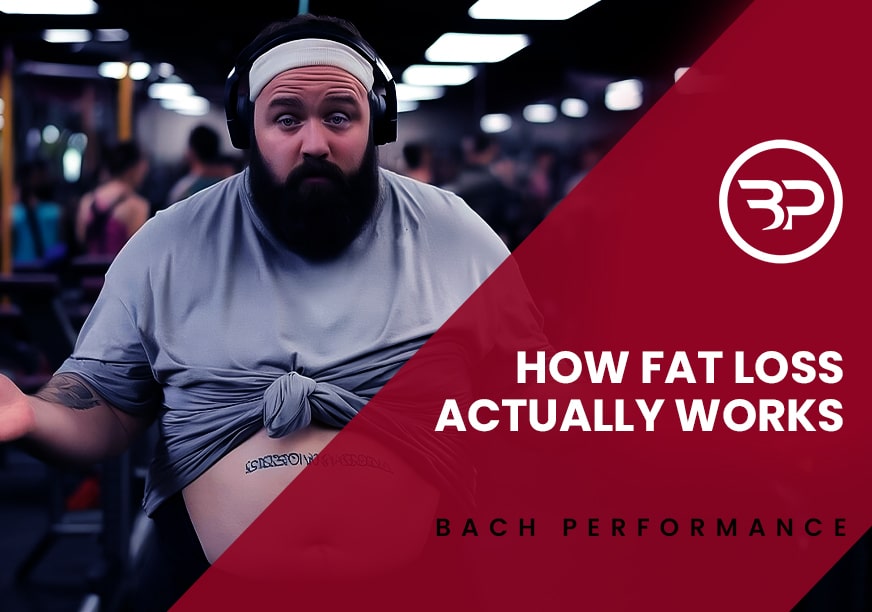Maximizing Muscle Growth
July 2, 2014
I was 14 years old, dazed and staring at the spinning blue sky.
I was de-cleated during my first high school Football practice when it hit me—I needed to get bigger, and stronger. At 5’3″ 103lbs I was weaker than a blade of grass; it was easier to run through me than the open field.
Oye, F-that.
From that moment on I dedicated myself in the weight room, gathering every little nugget of knowledge I could find on building strength, muscle, and athleticism. I became obsessed with maximizing muscle growth and building an athletic body, a passion that extends to helping others today.
Problem is, tons contradictory information makes it tough to know what’s right—bodypart split this, 5,000 snatch superset with reverse 360 box jumps that.
A balanced approach is needed; one that’s reinforced by science and solidified by practice and results rather than misinformation, snake-oil sales techniques, and empty promises.
In my first article of Bodybuilding.com I discuss the keys for maximizing muscle growth with the Mechanisms of Hypertrophy by Brad Schoenfeld and how to apply it to your training. You’ll avoid the “fallacies” and inefficient workout programs in many Bodybuilding magazines to maximize the three most important Mechanicsms of Hypertrophy: Mechanical tension, metabolic stress, and muscular damage.
MECHANICAL TENSION for Muscle Growth
Mechanical tension is achieved by using a substantial load and performing exercises through a full range of motion for a certain amount of time. The time you spend under tension creates mechanical tension in the muscles; ergo, the more significant the time, the more significant the mechanical tension. But, tension alone won’t signal maximum muscle growth. Tension, in addition to a full range of motion, induces a substantial hypertrophic response. In other words, maximal muscular development comes from a foundation of strength. Greater strength begets greater mechanical tension across all exercises.
METABOLIC STRESS for Muscle Growth
Engorged muscles play an important role in hypertrophy. If you’ve ever experienced a sleeve-splitting pump after the end of an arms workout, you’ve experienced metabolic stress. When you work out hard to achieve a pump, you build up lactate, hydrogen ions, creatine, and other metabolites, but you also prevent blood from escaping. This metabolic stress in the muscle signals adaptation.
MUSCULAR DAMAGE for Muscle Growth
It’s not uncommon to hobble out of bed the day after demolishing a workout that, in turn, demolishes your muscles. This soreness might feel like the end of the world, but it’s also indicative of muscular damage. Luckily, soreness isn’t for naught; that damage to muscle tissue creates a temporary inflammatory response and releases the necessary signals for muscle growth.
Even better, you’ll get an awesome workout plan to get you rolling for the next eight weeks that would previously only be available for my Bach Performance online clients.
If you’re looking to maximize muscle growth then this article is right up your alley—it will get you to your goals faster than you thought possible (granted, your nutrition is up to par).
Drop me a comment on Facebook in the embedded post below, or in the article.
Continue Reading for Maximal Muscle Growth:
Resources:
- Baechle, Thomas, and Roger Earle. Essentials of Strength and Conditioning. 3rd. Champaign, Il: Human Kinetics , 2008. 406-407. Print.
- Krieger, J. (2010). Single vs. multiple sets of resistance exercise for muscle hypertrophy: A meta-analysis. Journal of Strength and Conditioning Research, 24(4), 1150-1159.
Schoenfeld, Brad. “The Mechanisms of Hypertrophy and Their Application to Resistance Training.” Journal of Strength and Conditioning Research. 24.10 (2010): 2857. Web. 21 Nov. 2013.








